Simply select the type of hardwood then the thickness, width and length followed by any profiling requirements. Prices do vary based on quantity.
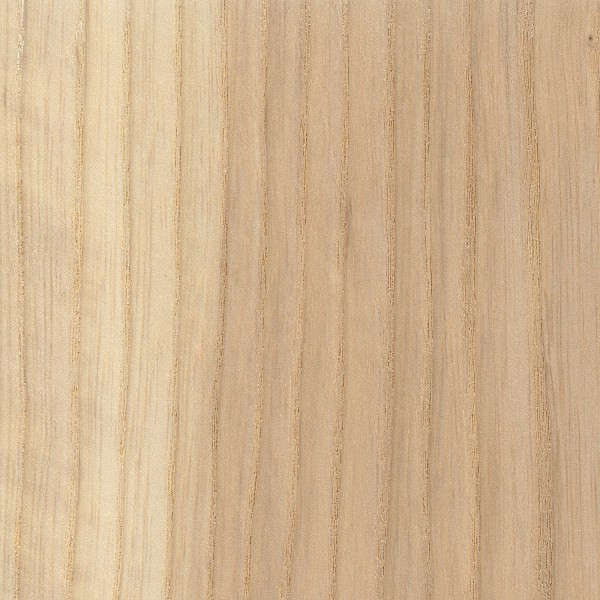
North American Ash is sometimes known as American White Ash (there are other American Ashes but not exported commercially). It is particularly renowned for its strength in bending. The timber has an even grain and has white, or light, coloured sapwood and light brown to light gray heartwood. The most common use is interior joinery, although it is also used for other purposes including furniture. The standard stock is rough sawn square edged. We also have packs of parallel sawn (ripped) Ash which means all boards are of equal width, this is available in the lower-end of the thicknesses stocked. We are able to offer delivery and machining subject to availability and requirements, please call for more information.
| Botanical Name | Fraxinus Americana |
| Colour | A light Grey-Brown heartwood, lighter sapwood |
| Density | 670kg/m3 (can vary by 20% or more |
| Working properties | Great finishing, and good machining, screwing, nailing and gluing properties |
| Thicknesses available | 1″, 1 ¼”, 1 ½”, 2″, 2 ½”, 3″, 4″ |
| Width Range | 4″ and wider, 8″ and wider. For custom minimums widths please call |
| Parallel Sawn Widths | 3″, 6″ |
| Durability | Ash is not resistant to decay (from contact with the ground) and the sapwood is vulnerable to powder post and common furniture beetles |
| Preservative permeability | Will absorb without any problems |
| Surface Texture | Coarse |
| Dimension change in varying conditions | Medium |
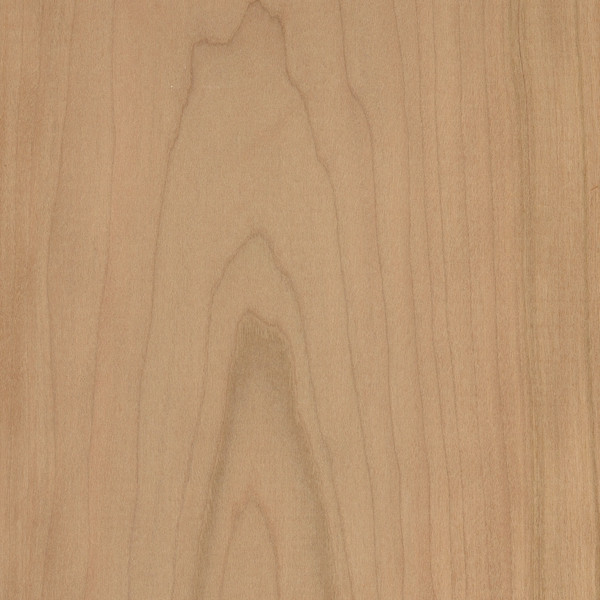
American Black Cherry heartwood is a light pinkish brown when freshly cut, darkening to a medium reddish brown with time and upon exposure to light. Sapwood is a pale yellowish colour.
The grain is usually straight and easy to work - with the exception of figured pieces with curly grain patterns. Has a fine, even texture with moderate natural luster.
Common Uses: Cabinetry, fine furniture, flooring, interior millwork, veneer, turned objects, and small specialty wood items.
| Botanical Name | Prunus serotina |
| Colour | Red-Brown |
| Texture | Fine |
| Density | 580kg/m3 |
| Working properties | Great machining and finished, good nailing, screwing and gluing |
| Thicknesses available | 1″, 1 ¼”, 1 ½”, 2″, 2 ½”, 3″, 4″ |
| Width Range | 4″ and wider, 8″ and wider and 10″ and wider stock sold from pack. Other specifications available to be sorted for order |
| Durability | Heartwood is resistant to decay, however sapwood susceptible to common furniture beetle attack |
| Dimension change in varying conditions | Medium |
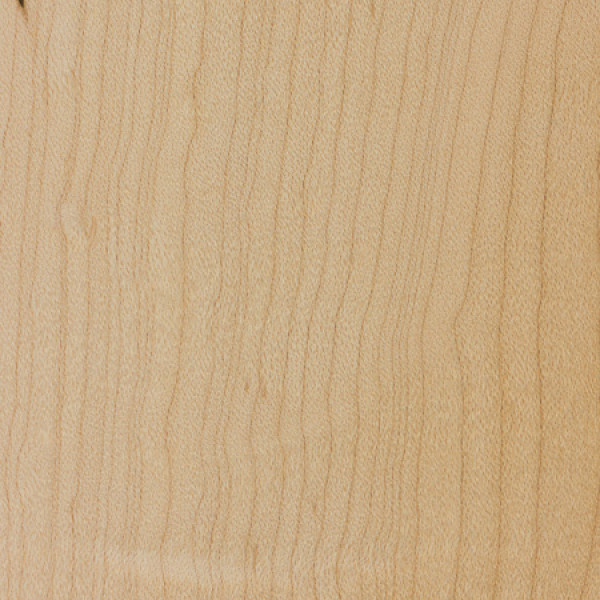
Birdseye Maple is a specific effect which can occur in American Hard Maple which gives an unusual pattern which is prized for bespoke furniture manufacture. The rarity of this stock means that the size of project that can be produced using this stock is limited, therefore its most common usage is in musical instruments and small items of furniture such a jewellery boxes.
While Hard Maple will have an occasional eye, boards that can be classed as Birds Eye Maple are rare.
| Common Name(s) | Hard Maple, Sugar Maple, Rock Maple |
| Scientific Name | Acer saccharum |
| Distribution | Northeastern North America |
| Tree Size | 80-115 ft (25-35 m) tall, 2-3 ft (.6-1.0 m) trunk diameter |
| Average Dried Weight | 44 lbs/ft3 (705 kg/m3) |
| Specific Gravity (Basic, 12% MC) | .56, .71 |
| Janka Hardness | 1,450 lbf (6,450 N) |
| Modulus of Rupture | 15,800 lbf/in2 (109.0 MPa) |
| Elastic Modulus | 1,830,000 lbf/in2 (12.62 GPa) |
| Crushing Strength | 7,830 lbf/in2 (54.0 MPa) |
| Shrinkage | Radial: 4.8%, Tangential: 9.9%, Volumetric: 14.7%, T/R Ratio: 2.1 |

American White Oak is a hugely popular hardwood for kitchens, furniture and interior joinery manufacture. It has a strong visible grain and is relatively defect free. Boards are sold Kiln Dried imported from Eastern United States and Canada. All our boards are square edged rough sawn, most are variable widths as with most rough sawn hardwoods however parallel sawn (ripped) is also stocked. Prices depend on thicknesses, lengths and widths required, as well as the grade of the hardwood and quantity required. Please call for a quotation for your requirements. We are able to offer delivery and machining subject to availability and requirements, please call for more information. You may also wish to consider European Oak.
| Botanical Name | Quercus alba |
| Colour | Slightly yellow, to light or medium brown |
| Texture | Medium |
| Density | 770kg/m3 |
| Working properties | Great for finishing and machining, good for nailing and screwing (except with iron and other ferrous metals, which require galvanization). Gluing results can be variable |
| Thicknesses available | ¾”, 1″, 1 ¼”, 1 ½”, 2″, 2 ½”, 3″, 4″ |
| Parallel Sawn Widths | 4″, 6″, 7 |
| Width Range | 4″ and wider. 9″ and wider and 10″ and wider also available. Other width ranges can be packed as required |
| Durability | Durable, but not as highly as European Oak. Durability is higher in heartwood than sapwood, but this is moderately durable |
| Preservative permeability | Very resistant |
| Dimension change in varying conditions | Medium |
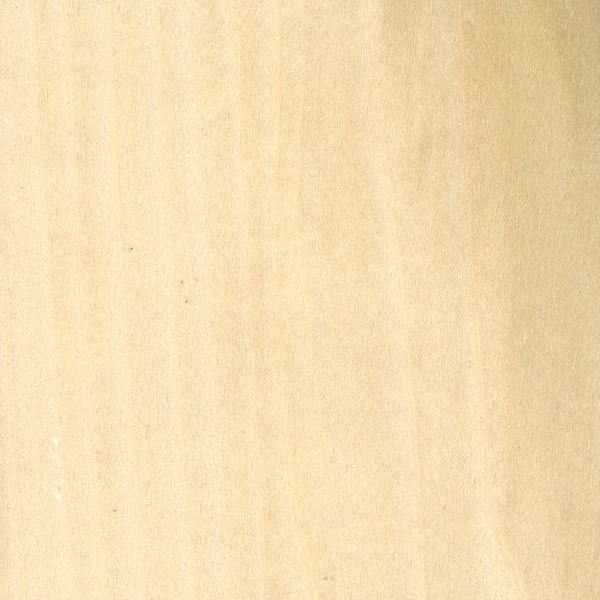
Heartwood is streaked with yellows, reds, oranges, and pinks. Color and figure can be highly variegated.
Pores are open and medium-sized. Grain is usually straight, with a fine texture.
Common Uses: Veneer, fine furniture, inlay, marquetry, musical instruments (percussion), and small turned objects.
| Density | 490kg/m3 |
| Working properties | Finishes and Machines great, good for screwing and gluing, variable results with nails. Especially good at holding stain, paint and enamel. |
| Thicknesses available | 1″, 1 ¼”, 1 ½”, 2″, 2 ½”, 3″, 4″ |
| Width Range | 4″ and wider. 9″ and wider also stocked, others can be prepared to order. Usual widest boards 12″, although occasional wider boards |
| Durability | Non-durable as non-resistant to decay. Heartwood moderately resistant preservation, sapwood not. |
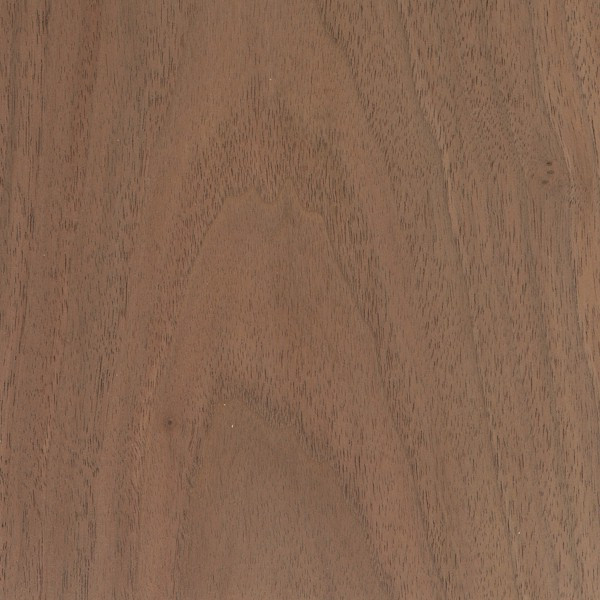
American Black Walnut, Juglans nigra, is a dark, heavy and strong hardwood. Despite its strength it is not difficult to work or split. It is often used in furniture, cabinet making, flooring, coffins, guns and for other woodworking uses. Available in Britain from American imports as early as 1610, it was not until the mid 19th century that the timber was prized for its appearance. The timber is known for knots.
The tree grows up to 40-50m and have trunks up to a diameter of 60″. Black walnuts, an edible fruit with health benefits, are produced by the tree. The tree most commonly grows in Mid and Eastern USA and Canada.
We stock Kiln Dried Square Edged boards from North American sources. As well as the FAS grade, we can offer a “Super Prime” grade. We are able to offer delivery andmachining subject to availability and requirements, please call for more information.
| Botanical name | Juglans nigra |
| Colour | Strong, dark brown |
| Density | 660kg/m3 |
| Working properties | Great finishing and machining properties, good nailing, screwing and gluing properties |
| Texture | Coarse |
| Thicknesses available | 1″, 1 ¼”, 1 ½”, 2″, 2 ½”, 3″, 4″ |
| Width Range | 4″ and wider, 8″ and wider and 10″ and wider stock sold from pack. Other specifications available to be sorted for order |
| Durability | Durable heartwood. Sapwood however can be susceptible to powder post beetle attack |
| Preservative permeability | Very resistant |
| Dimension change in varying conditions | Small to medium |
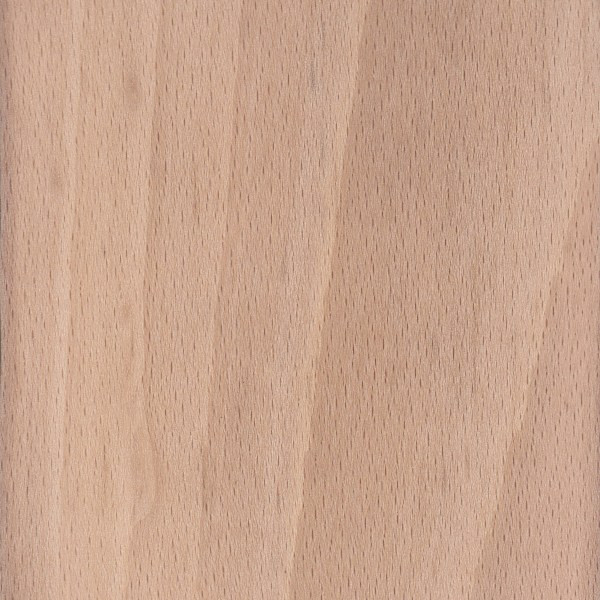
The wood of the European beech is used in the manufacture of numerous objects and implements. Its fine and short grain makes it an easy wood to work with, easy to soak, dye,varnish and glue. Steaming makes the wood even easier to machine. It has an excellent finish and is resistant to compression and splitting. Milling is sometimes difficult due to cracking and it is stiff when flexed. It is particularly well suited for minor carpentry, particularly furniture. From chairs to parquetry (flooring) and staircases, the European beech can do almost anything other than heavy structural support, so long as it is not left outdoors. Its hardness make it ideal for making wooden mallets and workbench tops. The wood rots easily if it is not protected by a tar based on a distillate of its own bark (as used in railway sleepers). Common beech is also considered one of the best firewoods for fireplaces.
| Common Name(s) | European Beech |
| Scientific Name | Fagus sylvatica |
| Distribution | Europe |
| Tree Size | 100-130 ft (30-40 m) tall, 3-5 ft (1-1.5 m) trunk diameter |
| Average Dried Weight | 44 lbs/ft3 (710 kg/m3) |
| Specific Gravity (Basic, 12% MC) | .53, .71 |
| Janka Hardness | 1,450 lbf (6,460 N) |
| Modulus of Rupture | 15,970 lbf/in2 (110.1 MPa) |
| Elastic Modulus | 2,075,000 lbf/in2 (14.31 GPa |
| Crushing Strength | 8,270 lbf/in2 (57.0 MPa) |
| Shrinkage | Radial: 5.7%, Tangential: 11.6%, Volumetric: 17.3%, T/R Ratio: 2.0 |
| Density per cubic metre | 720kg |
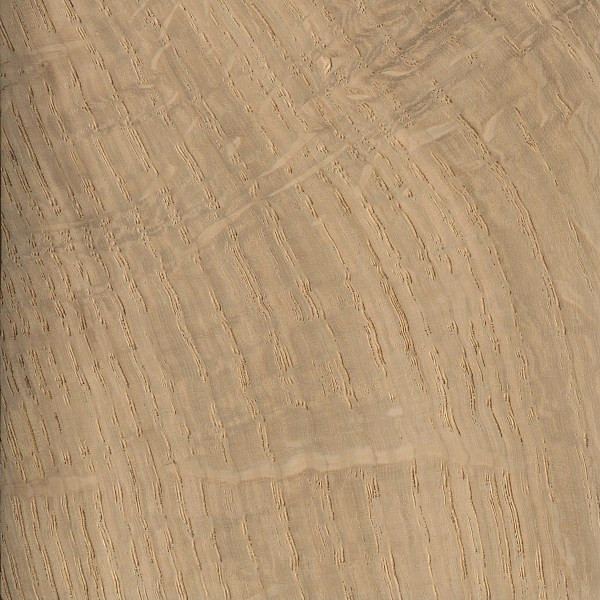
We supply quality square edged European Oak boards.
European oak heartwood is light tan to biscuit colour. The timber is usually straight grained, but can be irregular or cross-grained depending on the growth conditions.
Oaks strength and durability lends the timber to a variety of uses including joinery, furniture and cabinet making, boat building, cooperage for wine and beer as well as flooring and vehicle body bearers.
| Botanical name | Quercus robur |
| Colour | Yellowish-brown |
| Density | 720kg/m3 |
| Working properties | Good for treating, medium to strong blunting of blades. Can react with iron. |
| Texture | Medium to coarse. |
| Thicknesses available | 1″, 1 ¼”, 1 ½”, 2″, 2 ½”, 3″, 4″ |
| Width Range | 4″ and wider sold from pack. Other specifications available to be sorted to order |
| Durability | Durable |
| Preservative permeability | Very resistant |
| Dimension change in varying conditions | Medium |
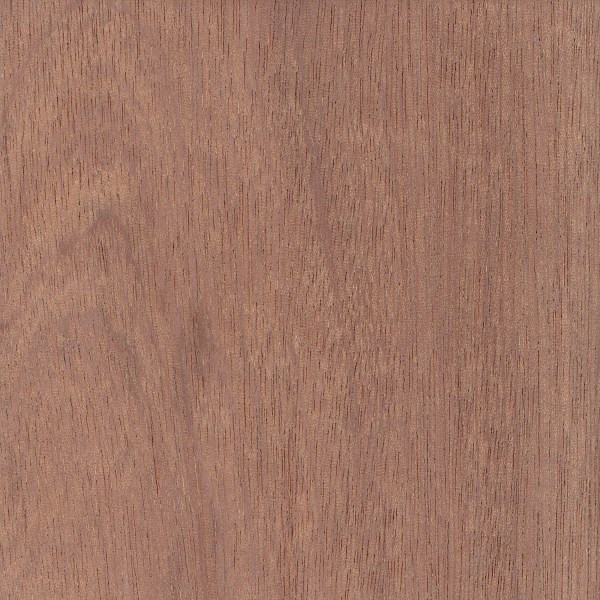
Sapele heartwood is medium to dark reddish brown with well-defined ribbon striping on quartered surfaces. The grain is interlocked or wavy with a fine even texture.
Sapele will dry quickly, and is very likely to distort. Quartered material is less likely to do this. There is medium movement in service.
Sapele will work well with both machine and hand tools, although the interlocked grain may cause slight difficulty when machining. It nails, screws and glues well, care should be taken when staining, but once complete the wood will give a very good finish.
Sapele is commonly used in high quality furniture making, joinery, shop fitting, door and boat building.
| Botanical name | Entandrophragma cylindricum |
| Density | 640kg/m3 |
| Texture | Medium |
| Thicknesses available | 1″, 1 ¼”, 1 ½”, 2″, 2 ½”, 3″, 4″ |
| Width Range | 4″ to 12″ usual |
| Durability | Medium |
| Preservative permeability | Resistant |
| Dimension change in varying conditions | Medium |
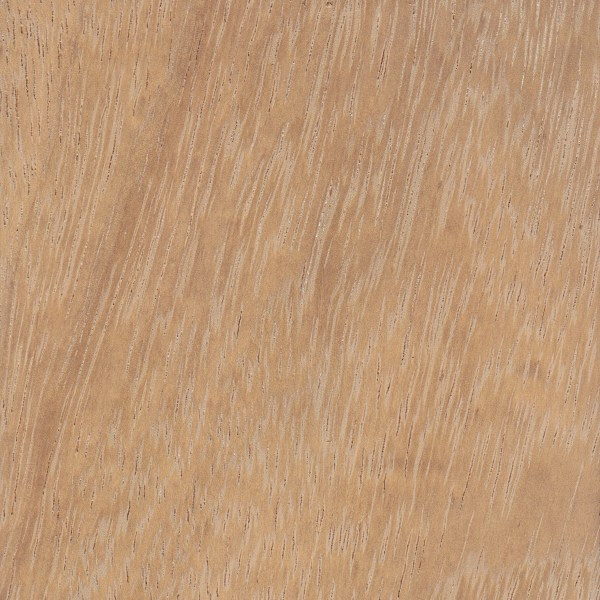
Iroko timber is golden/orange – brown, lighter vessel lines can be seen on flat sawn surfaces. Some material may contain large, hard calcium-carbonate deposits in cavities, in the case the wood around them is often darker in colour. The grain is interlocked and sometimes irregular, so the texture is coarse but even.
Iroko timber works acceptably well with hand and machine tools. The timber nails, screws and glues well. When the grain is filled an exceptional finish can be attained.
The Iroko timber is very durable and is extremely resistant to preservative treatments, however the sapwood is permeable.
Iroko timber is used extensively for boat and ship building as well as interior and exterior joinery.
| Botanical name | Milicia excelsa |
| Colour | Yellow-brown |
| Density | 660kg/m3 |
| Working properties | Good nailing and gluing. Works quite easily but calcium carbonate deposits found in wood can damage cutting edges |
| Texture | Medium |
| Thicknesses available | 1″, 1 ¼”, 1 ½”, 2″, 2 ½”, 3″, 4″ |
| Width Range | 4″ and wider sold from pack. Other specifications available to be sorted to order |
| Durability | Very to moderate durability |
| Preservative permeability | Extremely resistant |
| Dimension change in varying conditions | Small |